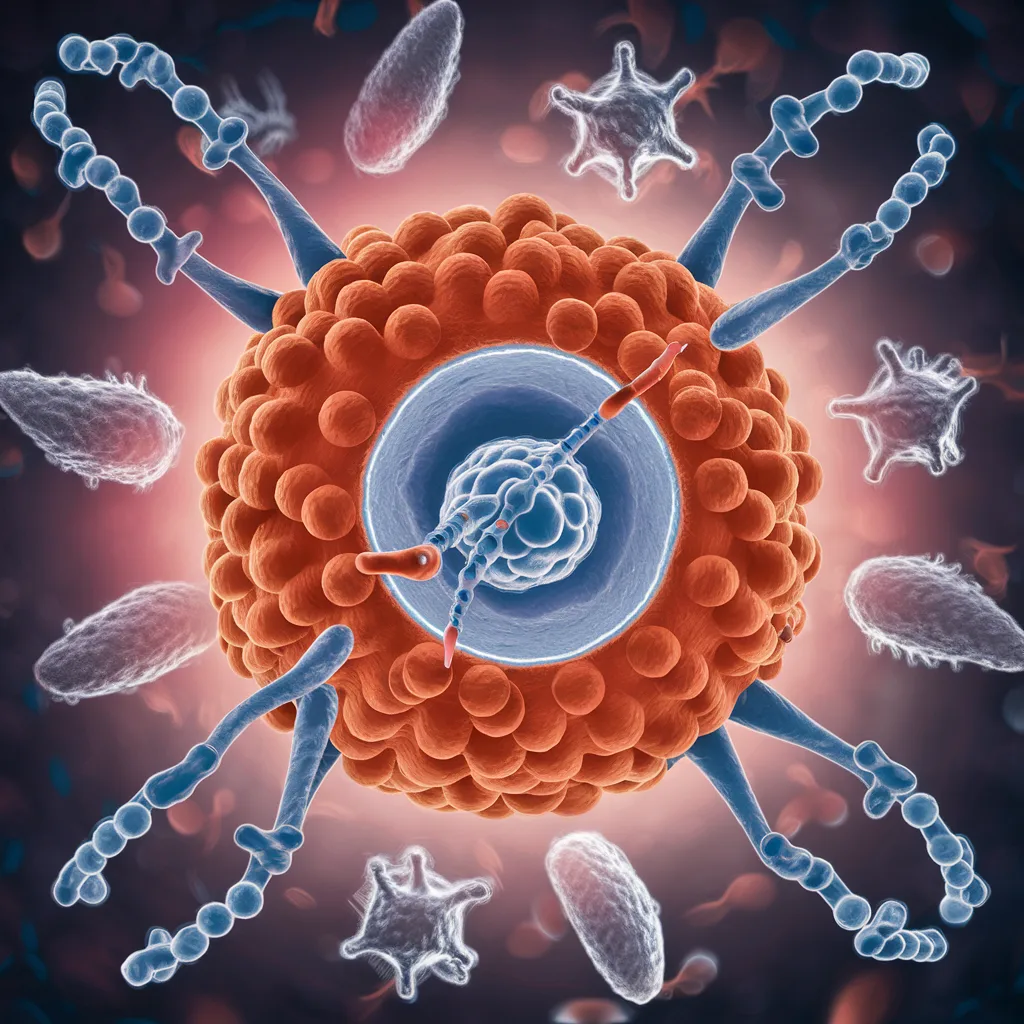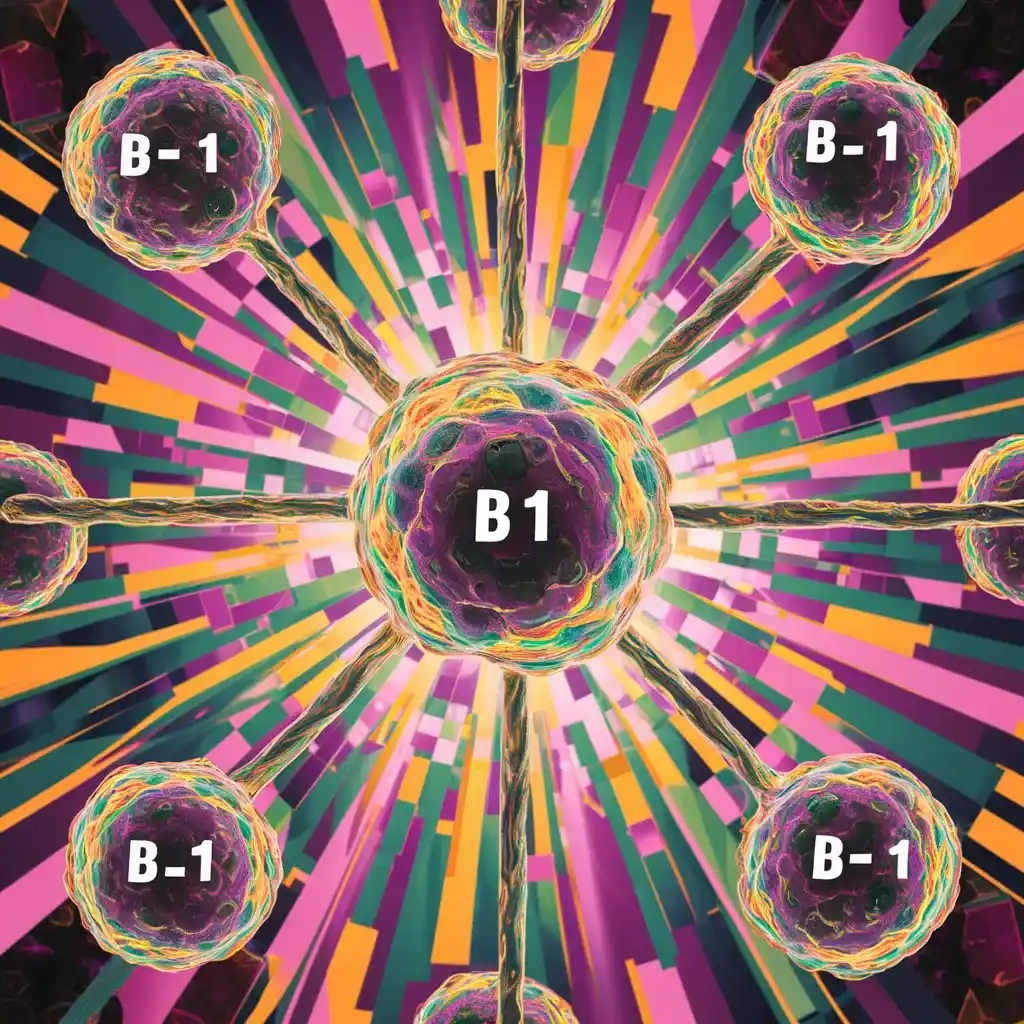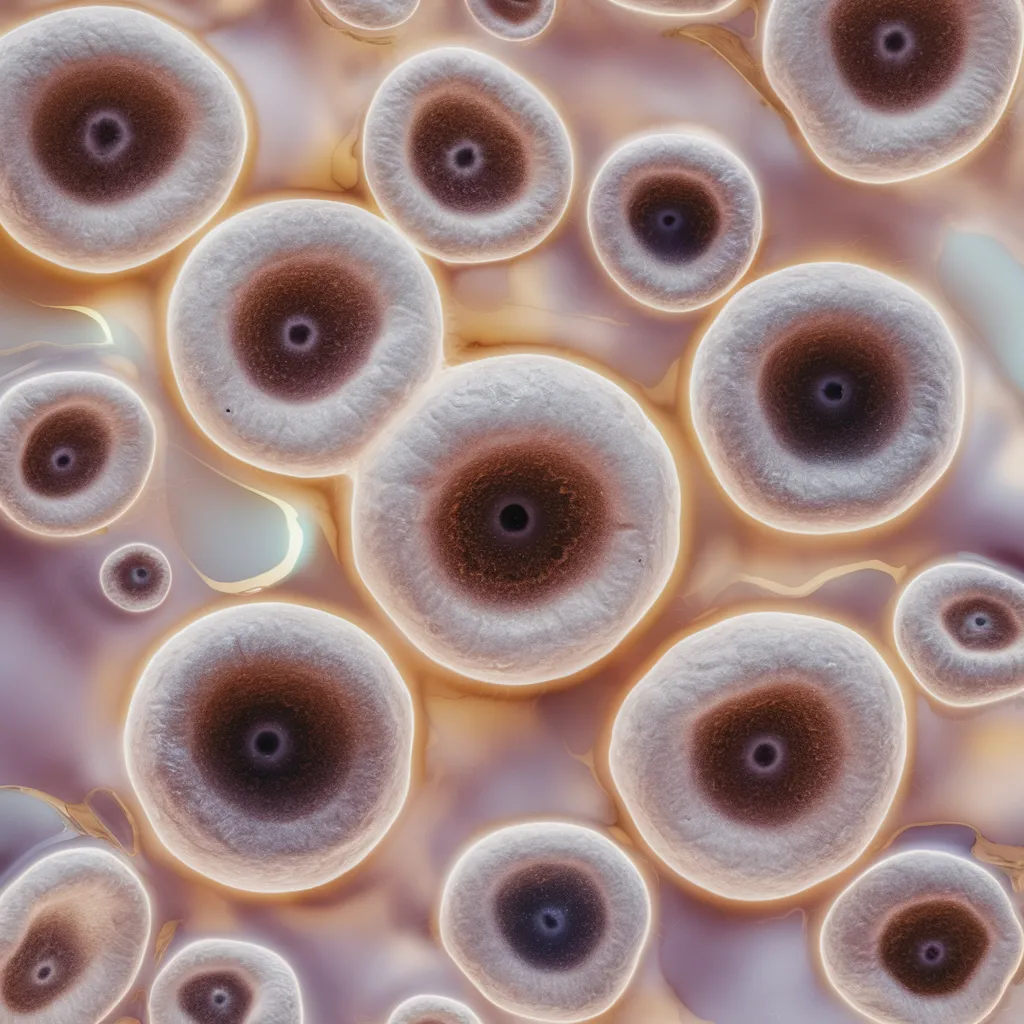B lymphocytes, or B cells, are essential components of the adaptive immune system. Their principal role is to produce antibodies, which are necessary for identifying and neutralizing invaders like bacteria and viruses. B cells also contribute to antigen presentation and the activation of other immune cells.
Table of Contents
What is Biology of the B Lymphocyte ?
Understanding the genesis, maturation, activation, differentiation, and roles of B lymphocytes, often known as B cells, is essential in immunology. Their principal role is to produce antibodies, which are necessary for identifying and neutralizing invaders like bacteria and viruses. B cells also contribute to antigen presentation and the activation of other immune cells.

Biology of the B Lymphocyte
Development and Maturation
1. Origin
B cells develop from hematopoietic stem cells (HSCs) in the bone marrow.
2. Early Development:
Pro-B cells:
Early Development Pro-B cells are the first stage of B cell formation, when heavy chain gene rearrangement occurs.
Pre-B cells:
Pre-B cells are distinguished by the successful rearrangement and expression of the heavy chain, which is partnered with a surrogate light chain to produce the pre-B cell receptor (pre-BCR).
Immature B cells:
Immature B cells express a full B cell receptor (BCR) with both heavy and light chains.
3. Selection:
Negative selection: It occurs in the bone marrow, when B lymphocytes that aggressively attach to self-antigens are removed to prevent autoimmunity.
Positive Selection: B cells that do not firmly attach to self-antigens develop and enter peripheral circulation.
4. Mature B Cells:
They migrate to secondary lymphoid organs (such as the spleen and lymph nodes) and express IgM and IgD on their surfaces.
Activation and Differentiation
1. Antigen Encounter:
B cells encounter antigens via their BCRs. Antigen binding can occur either directly or indirectly through antigen-presenting cells (APCs).
2. Co-stimulation:
Full activation necessitates additional signals from helper T cells, which include interactions between CD40 on B cells and CD40L on T cells.
3. Clonal Expansion:
Activated B cells multiply and develop into:
Plasma cells: They are antibody-secreting cells that create enormous quantities of antibodies specific to the antigen they encounter.
Memory B Cells: Provide long-term immunity by rapidly responding to repeated antigen exposures.
Antibody Production
1. Class Switching:
Activated B cells can change the kind of antibody they make (for example, from IgM to IgG, IgA, or IgE) using class switch recombination (CSR), which is regulated by cytokines and T cell contacts.
2. Affinity Maturation:
B cells experience somatic hypermutation in the variable regions of their antibody genes. An immune response selects cells that produce greater affinity antibodies.
Functions of B Cells
1. Antibody Production:
The major role is to create antibodies that kill infections, opsonize microorganisms for phagocytosis, and activate the complement pathway.
2. Antigen Presentation:
B cells can present processed antigens on MHC II molecules to helper T cells, promoting T cell activation and influencing the immunological response.
3. Cytokine Production:
B cells create cytokines that influence the activity of other immune cells, affecting both innate and adaptive immunity.
Subtypes of B Cells
1. B-1 cells:
They are involved in early, thymus-independent responses that create natural antibodies.

2. B-2 Cells:
Conventional B cells that participate in adaptive immune responses.

3. Marginal Zone B Cells:
Found in the spleen, these cells react fast to blood-borne antigens.
4. Regulatory B Cells (Bregs):
It produce anti-inflammatory cytokines such as IL-10, which aid in immunological regulation and tolerance.
Frequently Asked Question
What is Biology of the B Lymphocyte ?
B lymphocytes, or B cells, are essential components of the adaptive immune system. Their principal role is to produce antibodies, which are necessary for identifying and neutralizing invaders like bacteria and viruses.
What are the Subtypes of B Cells?
The Subtypes of B Cells are:
1. B-1 cells
2. B-2 Cells
3. Marginal Zone B Cells
4. Regulatory B Cells (Bregs)
Related Article


